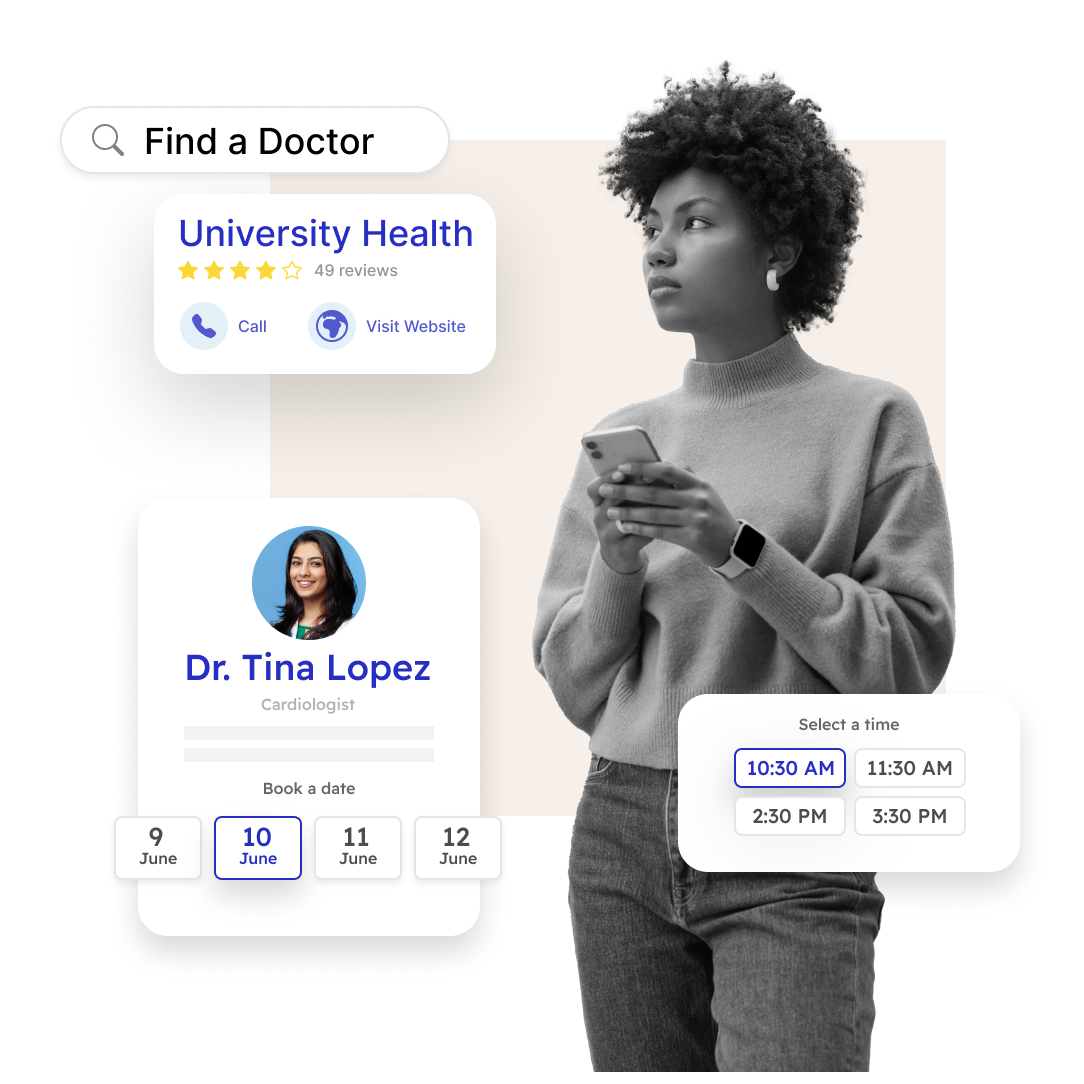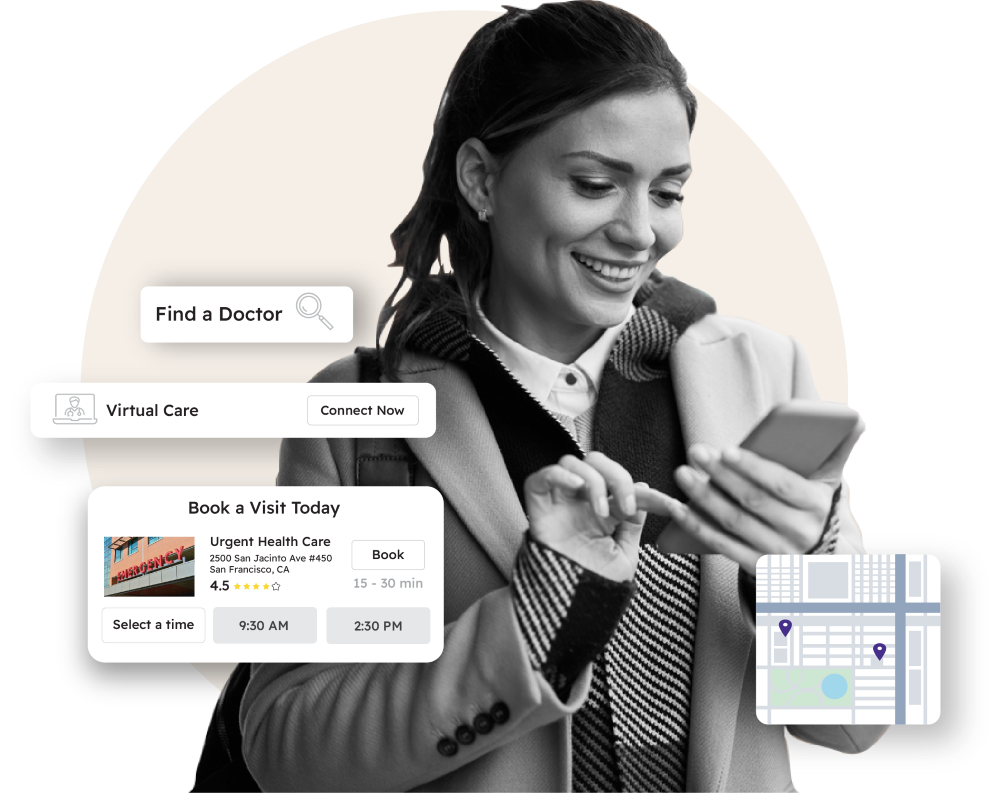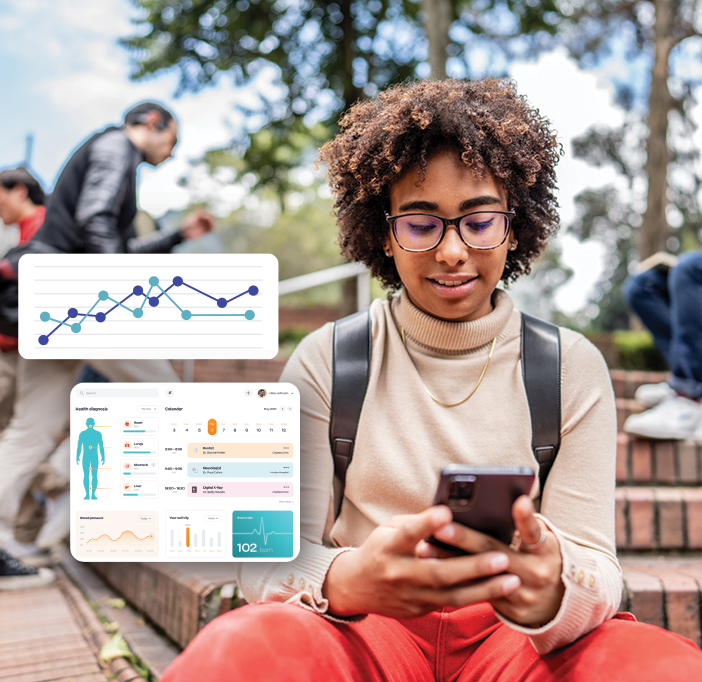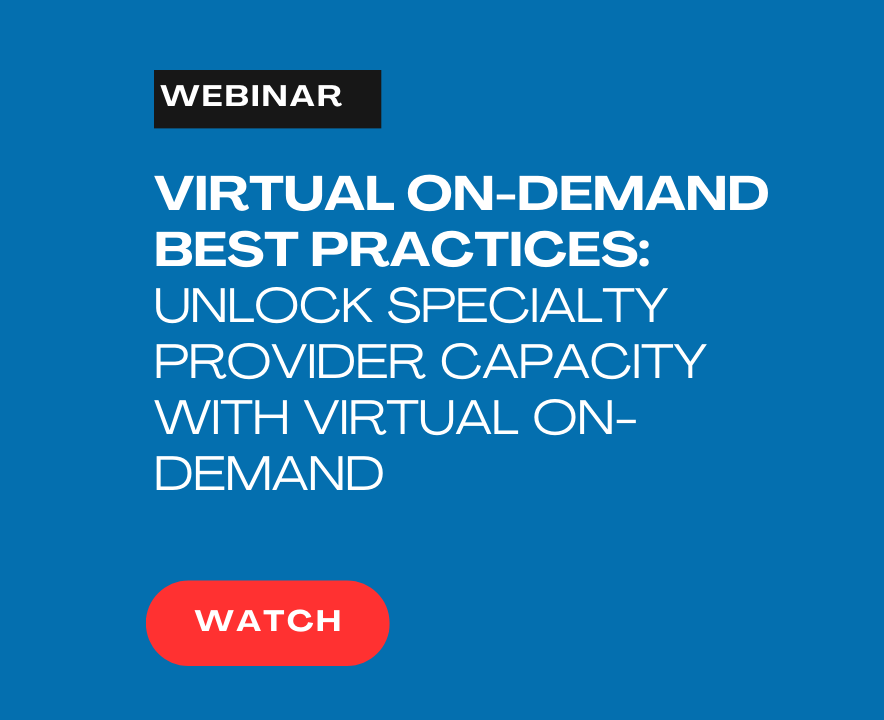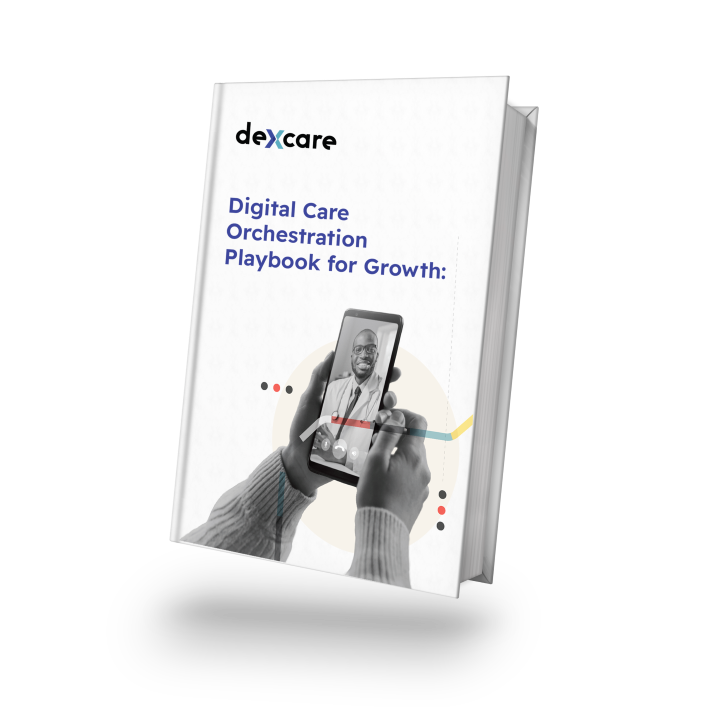The most promising digital patient engagement tools - A brief guide for health systems.
The most promising digital patient engagement tools - A brief guide for health systems.

When it comes to choosing a healthcare provider, patients are calling the shots. They expect to connect with your providers on their terms, wherever and whenever suits them best. This means your health system needs to meet patients where they are, starting with robust digital patient engagement tools.
Let’s explore the benefits of digital patient engagement—and how health systems can win over patients with a modern strategy.
What is digital patient engagement?
Researchers define patient engagement as, “the desire and capability to actively choose to participate in care in a way uniquely appropriate to the individual, in cooperation with a healthcare provider or institution, for the purposes of maximizing outcomes or improving experiences of care.”
Digital patient engagement shifts this concept online, empowering patients to connect with your health system through the channels that matter most. By optimizing your website and leveraging modern search tools effectively, you will enable patients to easily discover the services that best match their needs, receive timely care, proactively manage their health journey, and ultimately improve health outcomes.
Why should health systems focus on digital patient engagement?
Fostering digital patient engagement improves experiences and outcomes for patients, providers, and health systems alike. With a comprehensive strategy in place, your health system can:
- Improve patient access and satisfaction by surfacing relevant, convenient patient care options
- Deliver a superior, personalized patient experience from start to finish
- Reduce healthcare provider burnout by helping specialists optimize their capacity
- Balance supply and demand across your care portfolio
- Increase patient activation, patient education and health literacy
In today’s competitive market, these advantages are critical to maintaining operational and financial performance, as well as improving patient engagement.
Why now is the time to prioritize digital patient engagement solutions
Optimizing the way your healthcare organization engages with patients online is more urgent than ever, for three reasons:
1. The way patients search for care is changing.
A few years ago, your health system’s find-a-doctor directory was the primary destination for patients who wanted to schedule their care. But that’s changing fast.
Right now, Google drives about 500% more traffic to provider and location pages than a hospital’s find-a-doc directory. And with patients expecting to find care options with as few clicks as possible, Google is the battleground for digital patient engagement.
2. Patients are on the move.
Patients don’t just book appointments or engage with health systems when they’re sitting at a desktop or laptop. Mobile now represents the fastest-growing online traffic source for healthcare organizations.
This means your organization’s mobile experience must be easy to navigate, with clear calls to action and fast load times. In fact, more than 50% of patients abandon pages that take longer than 3 seconds to load. If your digital assets aren’t optimized for mobile, patients will look for other care options —or delay getting care altogether.
3. Patients want more control over scheduling.
Patients want their healthcare journey to be seamless and convenient, just like online shopping. They want to choose their preferred day and time slot online—without picking up the phone and waiting to speak with an agent.
At the same time, your organization needs to distribute care across venues and practices, so you can match each patient with the most appropriate provider, location, and modality. The right digital patient engagement platform can help you achieve this balance.
Which tools should health systems include in their patient engagement strategy?
Digital patient engagement tools span the entire continuum of care, from self-service kiosks inside a practice or hospital to online billing solutions that make payment collection easier. For health systems seeking to improve access and balance capacity, these four capabilities stand out from the crowd:
Digital discovery
Whether patients are new or returning, you have only seconds to win or lose them. That’s why it’s imperative to optimize your digital presence for mobile and Google and ensure consumers are empowered to turn consideration into action, quickly finding best fit care options at the point of discovery.
Care navigation
Direct patients to appropriate care options across various locations, providers, and services. Embrace a retail-inspired approach, accounting for patient preferences and with the intent to simplify and accelerate scheduling. The right platform identifies optimal resources—whether they’re doctors, mid-level providers, urgent care clinics, or virtual visits and provides available, clinically suitable options that lead to improved outcomes.
Smart scheduling
Self-scheduling tools make finding care a breeze for your patients. The best solutions on the market today give patients access to open booking slots on key website pages so patients can quickly schedule their visit. Another must-have feature: the ability to turn unstructured searches into a clear call to action for patients, so you can gently nudge them toward the best-fit provider.
Virtual delivery
On-demand and virtual visits aren’t just convenient for your patients. They also offer health systems a valuable solution for capacity problems. When patients can get a virtual care visit in five minutes instead of waiting three days for an in-person appointment, you’ve won them over and made the best use of your provider resources.
How digital care orchestration boosts patient satisfaction
The DexCare digital care orchestration platform gives health systems the tools to guide patients to the right care at the right time. Our approach includes:
- Using Natural Language Search to surface relevant results based on a patient’s intent
- Real-time capacity that directs patients to nearby locations (or virtual visits) so they can choose the option that works best for them
- OnDemand Virtual Care that gets patients seen quickly and frees up clinic, urgent care and emergency department resources
- A caregiver portal that matches patients to the most appropriate providers (including NPs and PAs) who can address more low acuity needs, allowing physicians and specialists to practice at the top of their license.
Digital patient engagement in action: The University of Rochester story
When UR Medicine, the clinical enterprise of the University of Rochester Medical Center (URMC), needed to engage patients across digital channels, it partnered with DexCare. Today, the leading academic medical center uses On-Demand Video Visits to give its patients immediate, high-quality care.
Improved patient outcomes:
-
- Patients benefit from lower wait times (median: 9 minutes)
- Early users are highly satisfied, with UR Medicine earning a 92 net promoter score, far above the national average of 38.
Now, URMC is taking digital patient engagement one step further. It’s installing telehealth stations inside local bank branches to improve health care access and wellness outcomes in rural communities throughout upstate New York. To make it happen, URMC has partnered with DexCare, a consumer health engagement company (Higi), and Verizon Business.
Deliver the retail style experience patients expect
As patients spend more time on their mobile devices, optimizing digital patient engagement will only grow in importance. That’s why the time is now to enhance or start your digital patient engagement strategies.
With DexCare, you can meet patients where they are, turn more searches into scheduled appointments, and help your physicians work at the top of their license while combating burnout of healthcare professionals.
We’ve helped some of the country’s biggest healthcare providers streamline patient access, and we can help you too. Talk to us today to learn more.

